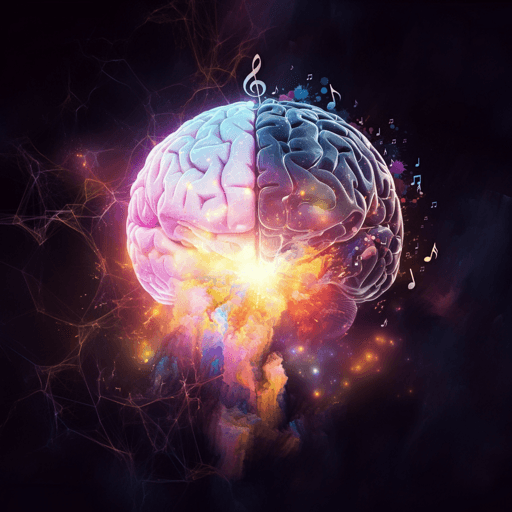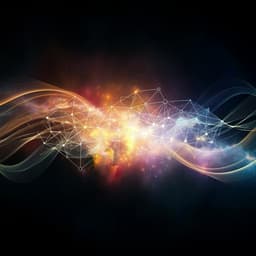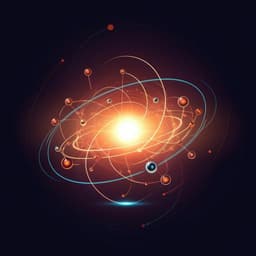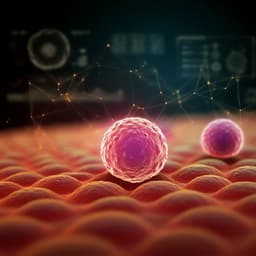
Computer Science
AI and Creativity: Exploring the Intersection of Machine Learning and Artistic Creation
V. Thapliyal and P. Thapliyal
Dive into the frontier where AI meets artistic imagination. This study explores how machine learning—through tools like recurrent neural networks, GANs, and style transfer—is being used to augment human creativity across visual arts, music, and literature. This research was conducted by Vikalp Thapliyal and Pranita Thapliyal and highlights how algorithms are blurring the line between human and machine creation.
~3 min • Beginner • English
Related Publications
Explore these studies to deepen your understanding of the subject.







